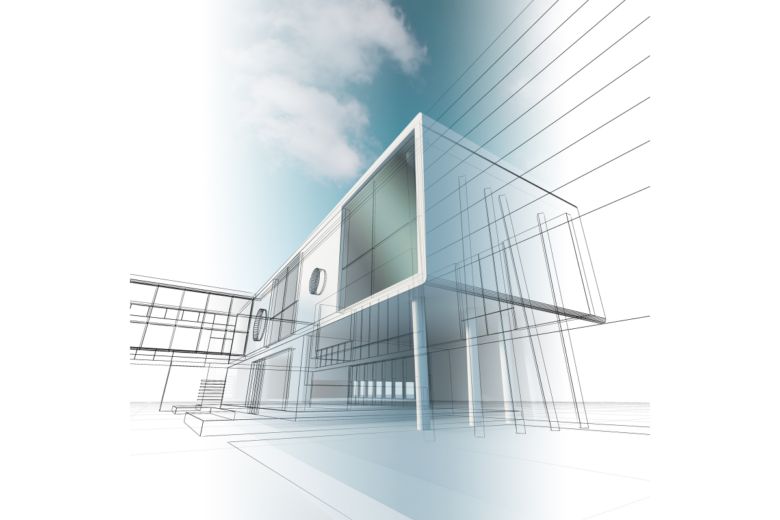In the dynamic landscape of modern construction, the integration of Building Information Modeling (BIM) has emerged as a pivotal force driving sustainable innovation. As global awareness of environmental impact grows, industries seek solutions that combine efficiency with ecological responsibility. BIM, with its advanced digital tools and collaborative capabilities, stands at the forefront of this revolution. …
Month: July 2024
In recent years, the construction industry has seen a transformative shift towards sustainability, with Building Information Modeling (BIM) at the forefront of this change. The integration of BIM in construction projects has not only enhanced design and construction processes but also significantly improved energy efficiency. This article delves into how BIM energy efficiency is revolutionizing …
What It Is and Why It Revolutionizes Construction Building Information Modeling (BIM) is a digital representation of the physical and functional characteristics of a facility. This technology has revolutionized the construction industry by providing an integrated and collaborative approach to design, construction, and management. BIM goes beyond traditional 2D drawings and incorporates 3D models enriched …
What is BIM and How It Revolutionizes Sustainable Construction? Building Information Modeling (BIM) is a sophisticated methodology that uses 3D models to streamline the design, construction, and operation of buildings. By integrating data and processes, BIM enhances collaboration among stakeholders and improves project outcomes. In sustainable construction, BIM plays a pivotal role in optimizing resource …
1. Introduction to BIM and Sustainability In today’s rapidly evolving construction industry, sustainability has become a paramount goal. Building Information Modeling (BIM) emerges as a pivotal technology, revolutionizing how we design, construct, and manage buildings with minimal environmental impact. 2. Benefits of Low Carbon Buildings Building low carbon buildings is not just a trend but …





